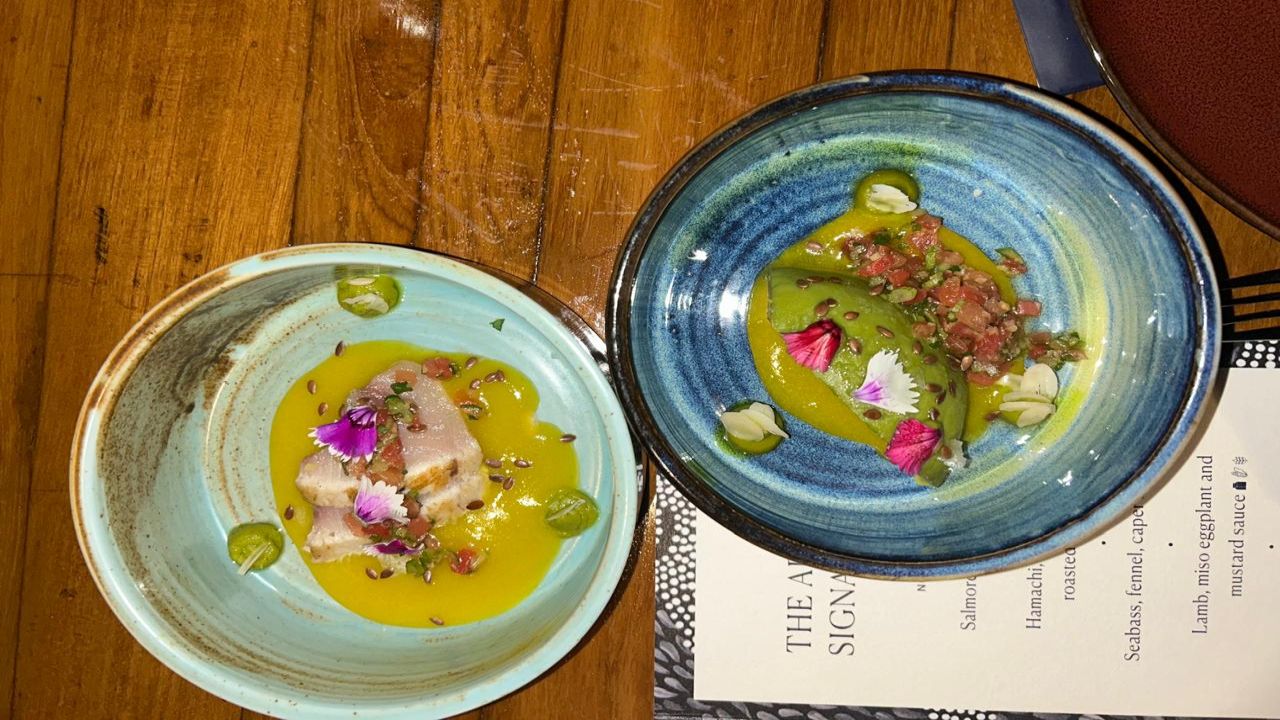Time has come for a bold new plan for the home of Manchester United but how the owners pay for it, is something else Old Trafford's leaky roof. Credit: Getty There would be, “no football club in the British Isles able to boast of better headquarters”, reported the Manchester Guardian . A stadium capacity of 80,000, with a sixth of them afforded the luxury of a roof.
For the players, “a billiard-room, a recreation-room, a massage-room, a gymnasium”. For the general public, a tea-room. For the newspaper reporters no less than an “electric lift” to take them upwards to their press seating.
More than 115 years later, most of us can still just about manage the stairs, and the football stadium built at Old Trafford, eventually opened in 1910, has not done badly. It was sited on land owned by John Henry Davies, the Mancunian brewing tycoon who rescued the old railway works club Newton Heath and oversaw their transformation into Manchester United. At the time, it was a radical move away from United’s core support in their east Manchester heartland of Clayton.
No professional club, at that point in history, had moved further from their original home..


















